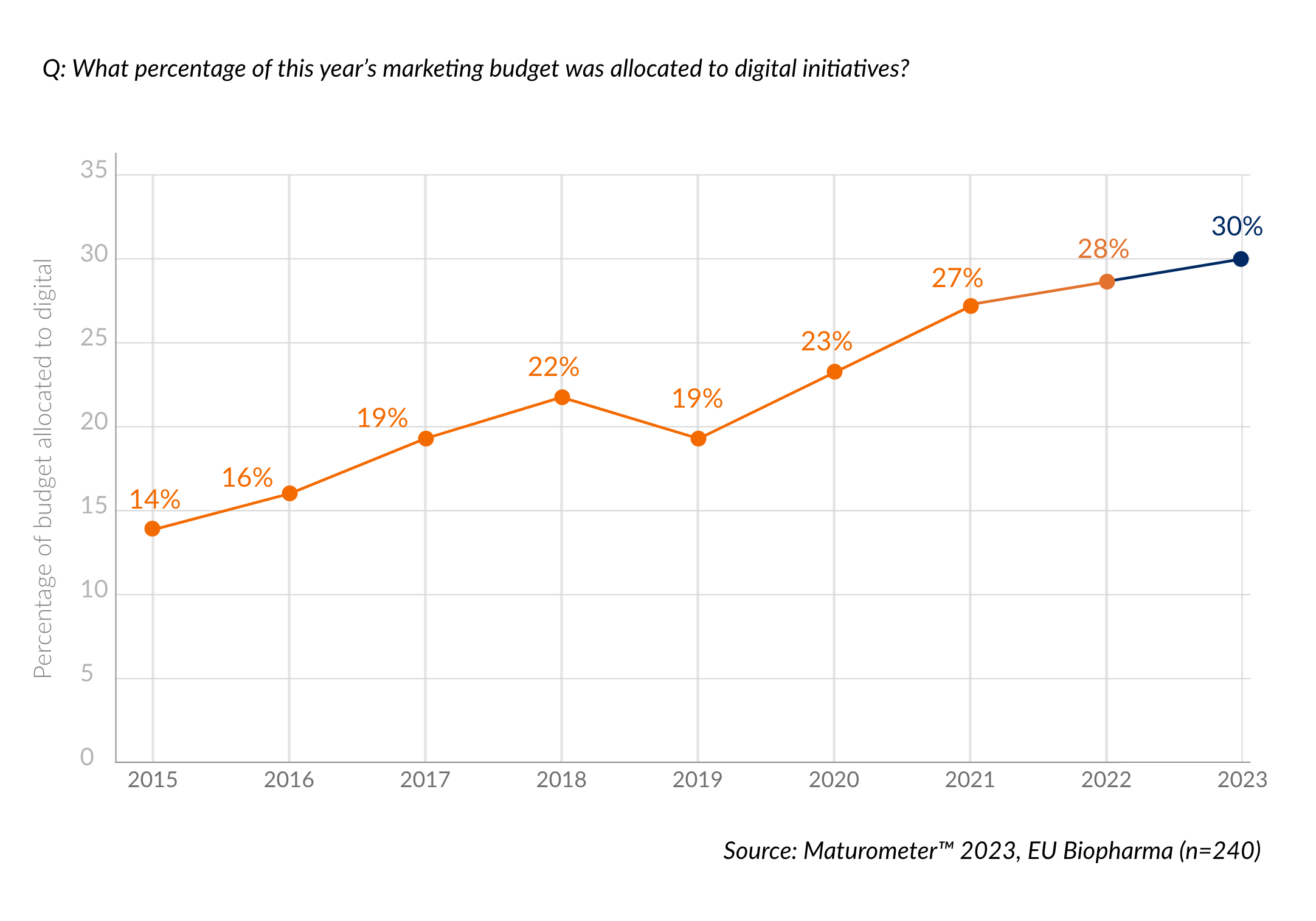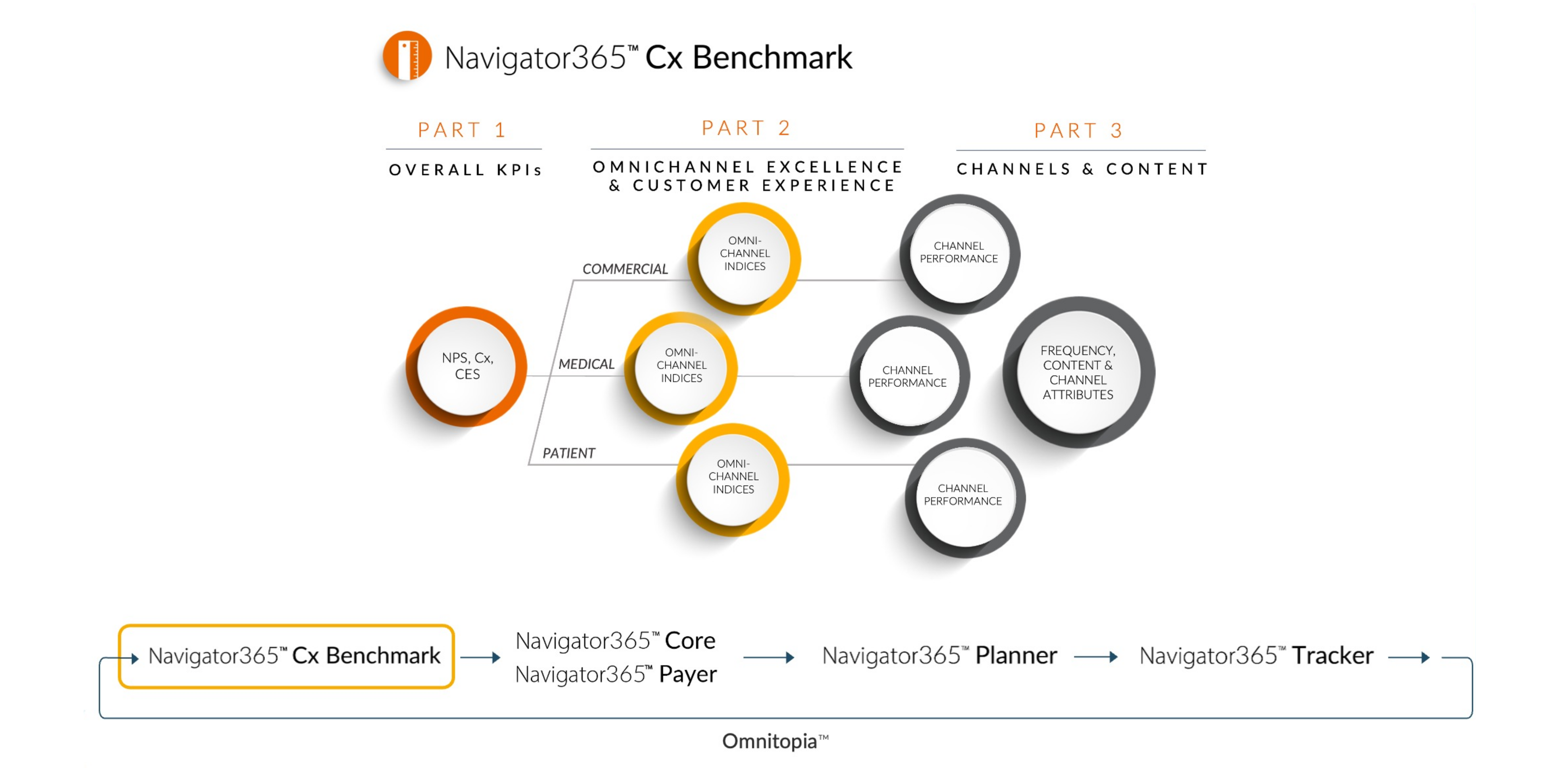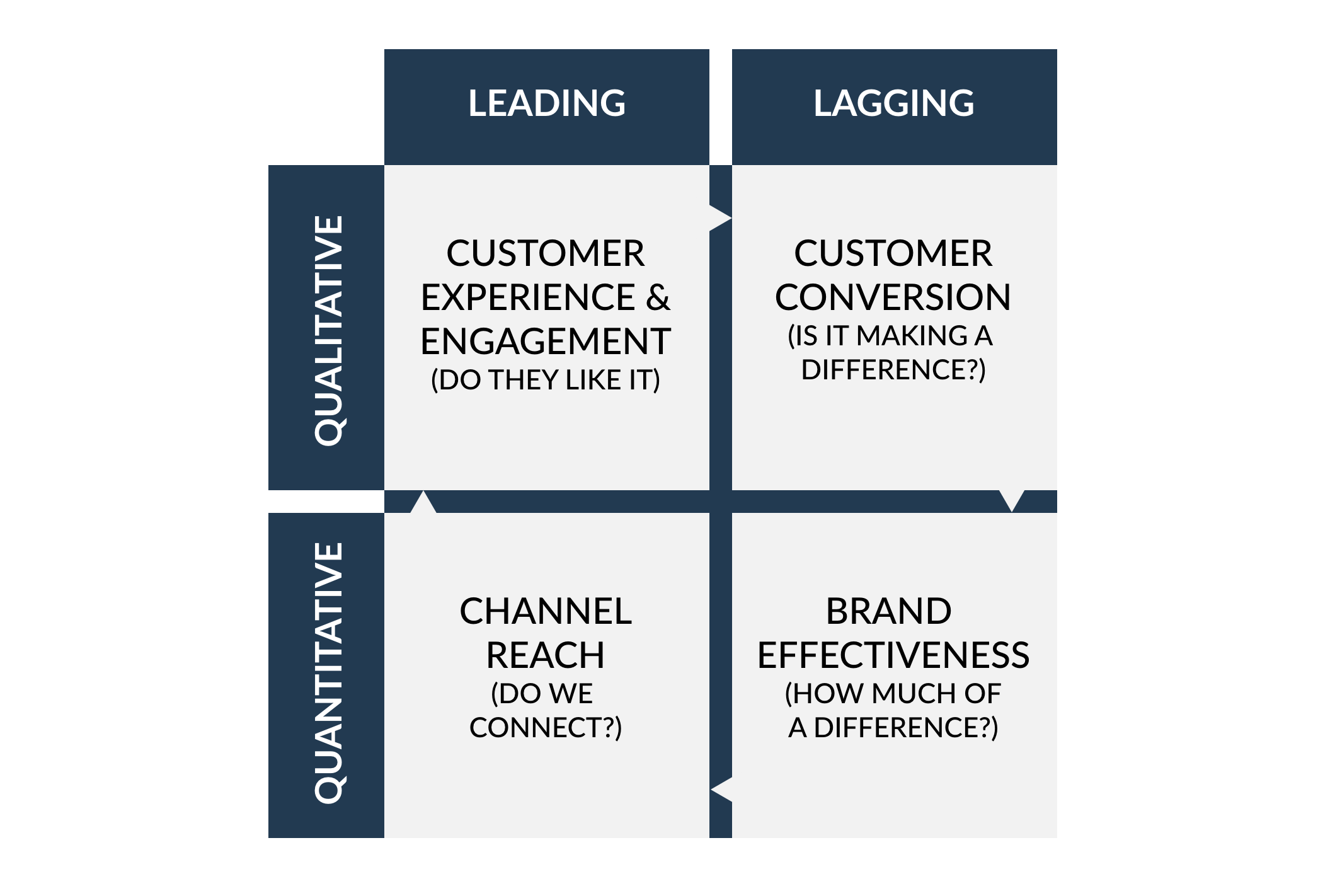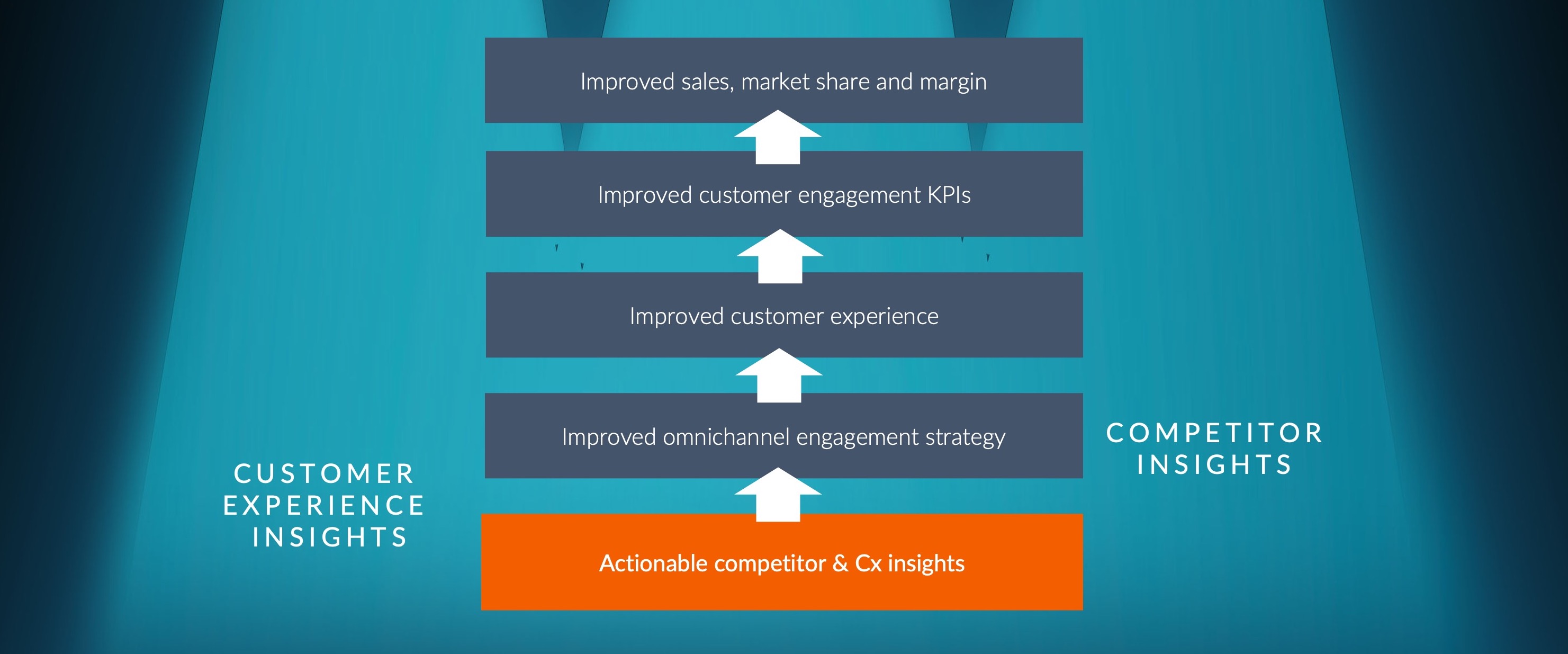Why omnichannel thinking should be a key component of your annual budget planning
In an increasingly competitive, access- and resource-restricted, digitally-driven world, pharma’s go-to-market model is undergoing a significant transformation. Indeed, today’s model cannot support pharma’s future. And within this ever-evolving healthcare landscape, zero-based budget planning (as opposed to “copy-pasting” from the previous year) represents a key opportunity, as it directly impacts your customer (segment) strategy and tactics, allocation of limited resources and customer experience optimization. In this blogpost, we explore how evidence-based omnichannel thinking can help companies decide where to focus their budget for the greatest customer and business impact.
1. Do you know what the competition is doing?
Staying informed about the latest trends and developments in the pharma industry is essential for effective budget planning. The annual Across Health Maturometer™ offers a unique overview of what life sciences companies are planning and doing in the omnichannel space. It allows you to see, for example, how your digital budget compares with the industry average, which channels are (not) being used, how broadly new OC/Cx trends are being adopted, etc...
In addition, it is recommended to monitor key industry publications, attend conferences, speak to vendors, and engage in discussions with industry experts to identify robust, high-impact trends that may be relevant to your brand. In this way, you can spice up your plan with some key innovative tactics and position your brand for long-term success.
“Those who can’t change their minds
can’t change anything”
George Bernard Shaw
2. Have you benchmarked your current performance against the competition?
Before deciding what to fix, you need to know what, if anything, is broken. Reviewing your current customer engagement efforts (Cx, channels, content,…) and assessing their performance versus the competition will grant unique insights into what is working and what needs improvement. It’s key to ensure that your internal activity tracking is complemented by actionable Voice-Of-The-Customer efforts; our brand-new Navigator365™ Cx Benchmark offers uniquely comprehensive brand-level insights in this respect.
Remember that benchmarking should not be viewed as a one-off, but should be part of a regular process in order to determine progress over time. The omnichannel world is in full flux – a leadership position in key Cx drivers, channels and content types today may be a third position a year from now.
3. Do you know your target audience well enough to give them what they want?
The first step in building an evidence-based customer engagement strategy is gaining a deep understanding of your target audience.
First, take a step back to ensure your strategic objectives and leverage points haven’t changed – maybe there’s a new/additional strategic priority, resulting in new focus audiences (lower-potential prescribers, referrers, other new stakeholders,…)? Or maybe you were simply underwhelmed with the results of past year’s campaign to your target HCPs and are looking for answers?
In any case, enriching internal data and traditional brand research with robust omnichannel customer research like Navigator365™ Core is a highly valuable option. Navigator365™ provides a uniquely rich foundation on which to build and track your omnichannel plan and guide you towards the channel, content & media types that have the greatest impact on your target segments’ clinical decision making – as well as helping you to steer clear of the “shiny new object” trap.
As a next step, you can develop a metricized business case for your campaign: how many physicians do you believe you can reach, with frequency X and impact Y, using channels 123 and content types ABC during the campaign, to complement your traditional efforts – or even substitute them? The result of this “business case” exercise is a target number – at the HCP (segment), channel and campaign level, which serves as the key input for step 4 – measurement vs plan/strategy execution quality monitoring.
4. How are you measuring and optimizing?
Measuring the customer & business impact of your plan at the end of the campaign is a given, but even better if you can assess impact while the plan is still underway, allowing you to stay (or get) on track. Allocate a portion of your budget to ongoing measurement and optimization. First, select a few (“less is more!”) key performance indicators that track the actual performance of your initiatives vs expectations in a balanced way (consider leading & lagging, internal & customer-driven KPIs).
Most companies focus on the lower-left quadrant, but in the age of the customer, qualitative customer-led metrics are equally important (again, this is where, for instance, Navigator365™ Cx Benchmark can help). Ensure there’s budget available for robust analytics that allow you to track these KPIs (at the customer, channel and campaign level), identify areas for improvement and optimize the mix in real-time.
5. Are you “smarketing” in your brand plan, i.e., are you embracing the full power of marketing in the customer journey?
Does your brand plan feature a clear role for marketing in the customer engagement strategy? In today’s omnichannel and access-restricted world, the role of marketing in the customer journey is going well beyond the traditional content creation for sales and meetings.
A powerful term has been developed for this joined-up approach: ‘smarketing’ (sales + marketing alignment through constant communication). Indeed, by leveraging a range of online channels alongside the rep visits, marketing can, for instance, help:
- increase frequency and impact for accessible HCPs, allowing rep to focus on specific face-to-face activities that add the most value
- increase reach to customers that sales cannot see (for instance no-access HCPs, lower-potential prescribers, referrers, etc).
In addition, marketing (like Medical) can create impact earlier in the customer journey by leveraging non-personal channels that activate the customer base way before the field even comes on the scene.
In conclusion, this is an exciting opportunity to synchronize customer engagement across channels, and equip sales and marketing teams to maximize customer value.
6. Are you focusing on customer experience?
‘Smarketing’ should, of course, not be interpreted as: let’s throw more (marketing) channels at the same customers and see what sticks. That was the age of multichannel… In today’s world, creating a superior customer experience through orchestrated customer-centric omnichannel engagement has become a key competitive advantage. Indeed, our Cx Benchmark shows that customer experience, rather than product features, is a proven driver of satisfaction among the majority of ‘promoters’. Putting the customer at the heart of your plan by leveraging key omnichannel customer insights and systematically tracking the customer experience (see Q4) is therefore essential. A well-informed omnichannel plan based on key customer insights and complemented with agile execution monitoring should result in a great Cx – and a superior business performance.
Conclusion
In an era where omnichannel connectivity and customer experience have become the norm, biopharma must adapt its go-to-market strategy to meet the changing needs of key stakeholders. And while large sections of pharma continue to rely on face-to-face visits, the rep-centred model is clearly evolving. Sales reps will likely continue to play an important role – after all, they know their customers better than anyone and can react quickly – but creating and executing a more customer-centric strategy at scale can’t be the responsibility of the rep alone, it will take change at the organizational level – and embracing the full potential of marketing at every step of the customer journey is an essential part of this change.
Incorporating omnichannel thinking into strategic budget planning is therefore no longer a choice but a necessity for any brand leader who aims to deliver a seamless and more relevant and personalized experience, maximize impact, and stay ahead of the curve.
Watch our recorded webinar to hear our experts discuss further how omnichannel thinking should be a key dimension of your business planning.
For highlights from this year’s Maturometer™ survey, giving you a unique overview of the current state of digital transformation within life science companies, register for our upcoming webinar.
To discover how actionable benchmarking insights from Navigator365™ Cx Benchmark can help you take the right strategic channel and content optimization decisions versus your key competitors, click here.
For an idea of the kind of insights that Navigator365™ can offer to help you develop an evidence base for your budget and brand planning, download your free copy of our essential Global Trends Report.










